Stolons: [Concept, Planting, Care, Pests and Diseases]
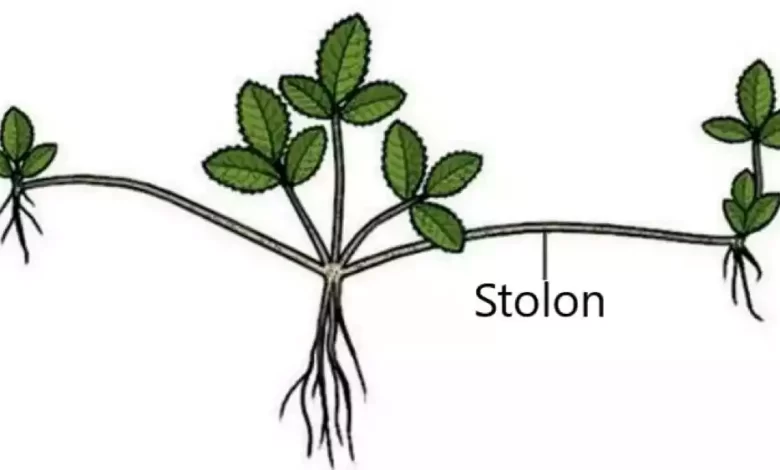
Important points about runners
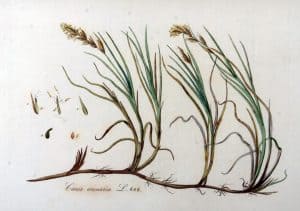 When? All year, preferably in spring or winter.
When? All year, preferably in spring or winter.- Where? In a pot or in a large, well-drained plot.
- How do we prepare the land? With a mixture of soil with peat, coarse sand and vermiculite
- How do we sow? By seeds or by cutting stolons.
- How do we pay? Fertilizer 15-15-15, potassium sulfate, potassium nitrate and sulfuric acid.
- When do they bloom? Flowering in spring, fruits in summer.
- Ideal temperature? 15ºC, minimum 10ºC, maximum 20ºC.
- How do we water? In summer, three times a week; in winter less; rest of the year, maintenance irrigation.
- Diseases and pests? spider mites, thrips, gray rot, fungi, anthracnose.
What are stolons?
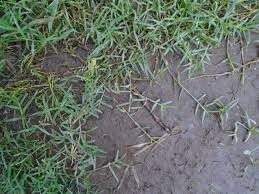 Stolons are a method that plants use to reproduce. They are long creeping stems, extensions of herbaceous plants that take root to give rise to new plants.
Stolons are a method that plants use to reproduce. They are long creeping stems, extensions of herbaceous plants that take root to give rise to new plants.
This means that the stolons are stems that are born at the base of the plant stem and remain on the surface or buried in the ground.
The new plants that emerge from them are identical clones of the main plant, in order to propagate new shoots. For that, they need nodes or buds with the capacity to emit new leaves and roots.
When the new plants take root in the soil, they detach from the mother plant to take on a life of their own, then the stolon disappears. Reproduction can occur by direct action of nature or by the intervention of specialist horticulturists in this type of crop.
The most iconic examples of plants with stolons are strawberry and mint. The strawberry is a delicious fruit that produces stolons for its expansion, and due to its high demand we must take care of its care in planting and reproduction. Other stolon plants include violet, clover, lawngrass, gramon, and grassgrass.
Where should we plant a stolon?
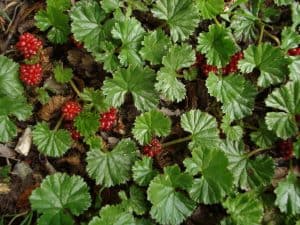 Stolons are plants that are easily adapted to any space in our house. We can grow them in the ground or in pots, depending on the type of plant we are referring to.
Stolons are plants that are easily adapted to any space in our house. We can grow them in the ground or in pots, depending on the type of plant we are referring to.
In the case of strawberries, we can have them at home, because they adapt to any space, so we can grow them without excessive sun in the garden or on the balcony.
Spearmint and mint should be grown in large pots or containers, because they are invasive runner plants in green spaces. It is not the same as turfgrass, which has certain types reproduced by stolons, but requires large-spaced land.
The violet, whose perfume is very sublime, spreads through the stolons it produces to spread horizontally when planted.
When are runners grown?
In seed or seedling, the best months to plant stolons are March and April. However, we can plant them all year round, being very careful with frost, in which case we must protect the plant with great care.
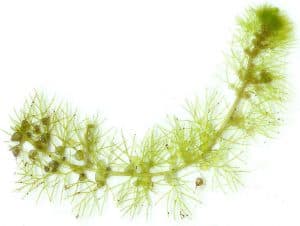 In the case of strawberries, we must plant them in their final place at the end of winter, to obtain the flowers in spring.
In the case of strawberries, we must plant them in their final place at the end of winter, to obtain the flowers in spring.
In summer we will already be enjoying the fruits and the plant will begin to reproduce by stolons. Then we will decide if we are interested in reproduction by stolons or if we cut them.
By stolons more plants will be produced and if we cut them we will have more fruits, because nature is so wise that it always gives us options.
How do we prepare the land?
The preparation of the land varies depending on whether we plant by stolons or by seeds, the two forms of reproduction.
by stolons
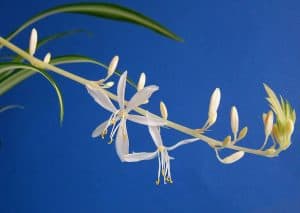 We have already said that stolons are long stems that are easy to identify. Once we have identified it, we must plant it in another part of the land without cutting it from the mother plant.
We have already said that stolons are long stems that are easy to identify. Once we have identified it, we must plant it in another part of the land without cutting it from the mother plant.
We should only cut the stolon when it has rooted. Once we cut it down, we will have a new freestanding plant.
by seeds
In this case, the process is simple, since the ideal is to use a seedbed. We must keep the soil moist and let the plant grow. Then, plant it in a good size pot in case you want to reproduce it by runners.
How to plant stolons step by step?
The steps to follow depend on sowing in pots or in direct soil.
in pots
We need a plant that reproduces by stolons, water, a mixture of soil with peat, coarse sand and vermiculite, and of course, the pot.
- Once with these elements, we must make sure that the plant has grown a bunch of leaves at the tip of its stem, that is, a stolon.
- We must cut this stem to separate the mother plant from the stolon, which we will put in a jar with water where the root should grow.
- The glass will be placed in a light zone, but without direct sun, until the root grows; Once this process is completed, we can transplant it to the new pot.
- Already in the rooting process, the plant should be placed in indirect sunlight, keeping the substrate always moist.
On land
We must also have the necessary implements to sow: scissors, a small shovel, a mixture of soil, vermiculite and peat, a plant of runners and a pot to transplant the new plant.
- If we have a plant where the stolons have taken root in contact with the ground, we must remember that the substrate must always be moist and the sun must not be direct.
- In this case, the appropriate thing is to cut the elongated stem or stolon, separating mother and child.
- With the shovel, we take out the son with a full pan of soil and transplant it to the new pot, where we are going to water it abundantly.
What care do they need?
The care of the spurs should be carried out during the four seasons of the year, in the following aspects:
Lightning
Sunlight, as we explained, should not be direct, but it requires six hours, minimum, or ten, maximum, a day, but there are specialists who are not opposed to twelve hours a day.
Temperature
Ideal temperature of 15º centigrade, but it can withstand from 10º to 20º, which means that it is not recommended to grow them in extreme climates.
I usually
They are suitable for pots or large areas of land, so we should not worry about their location. It needs sandy or sandy loam soils with good drainage and a high content of organic matter and a pH of 6-7.
Irrigation
The frequency of watering depends on the weather and the needs of the plant. In the case of strawberries, in summer we must water three times a week; in winter, it is convenient to reduce it. But we must do maintenance irrigation all year round.
Pass
As fertilizer, around 100g/m2 of complex 15-15-15, and when it comes to gravity irrigation, cover fertilizer can be applied. At the beginning of flowering we must pay with ammonium sulfate, potassium sulfate, potassium nitrate or phosphoric acid. The subscription must be suspended fifteen days before flowering.
What pests and diseases attack sprigs?
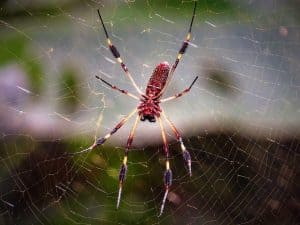 The most common pests are the red spider, trips, heliothis zea, which attack flowers and fruits.
The most common pests are the red spider, trips, heliothis zea, which attack flowers and fruits.
The diseases are gray rot, a species of fungus known as powdery mildew, anthracnose, soil fungus, purple spot, and bacteria.
To combat them, potassium soap, neem oil or homemade fungicides are usually effective.
Bibliography and references
- Raven, Peter H.; Evert, Ray Franklin; Eichhorn, Susan E. (1992). Plant Biology. Editorial Reverté. Barcelona, Spain.
- Sierra Posada, Jose Oscar. (2005). Fundamentals for the establishment of pastures and forage crops. Editorial University of Antioquia. Medellin Colombia.
- Alarcon, A.; Ferrera Cerrato, R.; Gonzalez Chavez, MC; Villegas Monter, A. (2000). Arbuscular mycorrhizal fungi in the dynamics of stolon appearance and nutrition of strawberry plants cv. Fern obtained by in vitro culture. Latin American Terra Magazine. Mexican Society of Soil Science, AC Chapingo, Mexico. Reproduced from: http://www.redalyc.org/articulo.oa?id=57318304
- Moran Paz, Lady Mariana. (2019). Evaluation of the taking of stolons of the janeiro grass (Erioclhoa Polystachya Kunth) exposed to different levels of irradiation with gamma rays (60Co) in the Babahoyo canton. Technical University of Babahoyo. Los Rios, Ecuador. Reproduced from: http://dspace.utb.edu.ec/bitstream/handle/49000/5645/TE-UTB-FACIAG-MVZ-000008.pdf?sequence=1&isAllowed=y
- Munoz Avila, Julio Carlos. (2016). Identification and characterization of genes involved in flowering and stolonage in strawberry (Fragaria x ananassa Duch.). Malaga University. Malaga, Spain. Reproduced from: https://dialnet.unirioja.es/servlet/tesis?codigo=203571&orden=0&info=link

![Photo of Plusia or Green Worm: [Characteristics, Detection, Effects and Treatment]](https://www.complete-gardening.com/wp-content/uploads/2022/08/plusia-or-green-worm-characteristics-detection-effects-and-treatment.jpg)
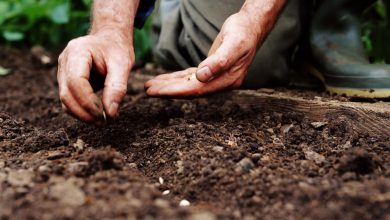
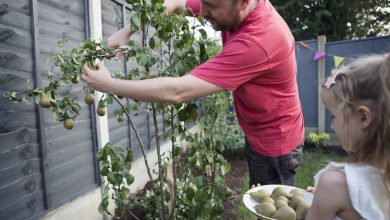
![Photo of Plant Eggplants in [12 Steps]: Guide to Harvest Successfully](https://www.complete-gardening.com/wp-content/uploads/2022/08/plant-eggplants-in-12-steps-guide-to-harvest-successfully-390x220.jpg)